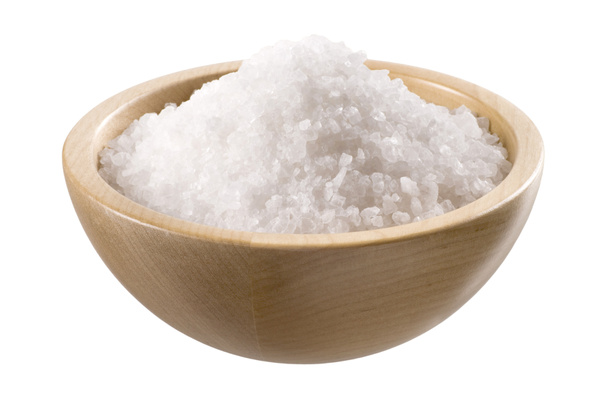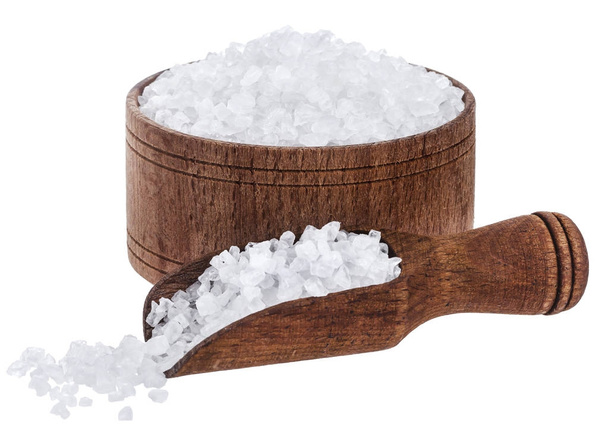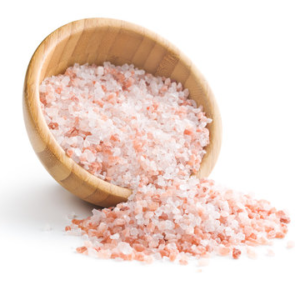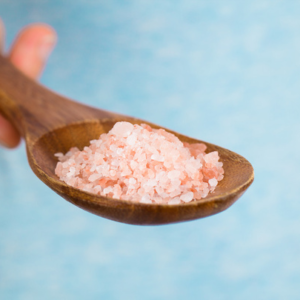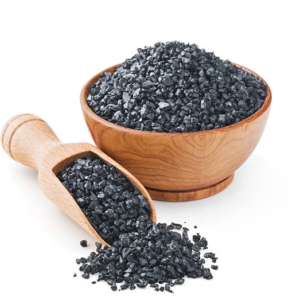Description
Key Characteristics:
- Color: Sea salt can range in color from pure white to gray, pink, or even black, depending on its source and the minerals present. For instance, salt harvested from the Mediterranean Sea may have a grayish tint due to the clay found in the salt ponds, while salts from other regions, like the Himalayas or the Dead Sea, may have pink or reddish hues.
- Texture: Sea salt crystals vary in size, from fine grains to large, coarse flakes. The texture can affect how the salt is used, with coarse sea salt being ideal for finishing dishes and fine sea salt better suited for everyday cooking.
- Flavor: Sea salt has a more complex flavor profile than table salt, with a natural minerality and subtle brininess. The presence of trace minerals such as magnesium, calcium, and potassium contributes to its unique taste.
Composition and Nutrients:
Sea salt, while primarily made up of sodium chloride (like all salts), also contains a variety of trace minerals depending on its origin. These can include:
- Magnesium: Helps with muscle and nerve function.
- Calcium: Supports bone health and muscle function.
- Potassium: Aids in regulating blood pressure and fluid balance.
- Iron: Contributes to oxygen transport in the blood.
- Iodine: While sea salt may contain small amounts of iodine naturally, it is typically not iodized unless labeled as such.
Common Uses:
- Culinary: Sea salt is a highly versatile seasoning that enhances the flavor of a wide range of foods. It is often used in:
- Seasoning: Sea salt is used to season dishes like meats, vegetables, pasta, and salads. The larger crystals of coarse sea salt make it a favorite for sprinkling on food as a finishing touch.
- Baking: Sea salt is sometimes used in baked goods, especially in recipes where the salt is meant to add texture and contrast, such as salted caramel or cookies.
- Marinades and Rubs: Its coarse texture makes it perfect for creating dry rubs for meats, such as steak, chicken, or fish, where the salt helps draw out moisture and enhance flavor.
- Soups and Stews: It can also be used in soups, stews, and sauces for seasoning, as it dissolves quickly and balances out savory flavors.
- Brining: Sea salt is often used in brining vegetables, meats, and even for making homemade pickles.
- Finishing Salt: Coarse sea salt is often used as a finishing salt, sprinkled over cooked dishes just before serving to add a burst of flavor and texture. It is popular on dishes like roasted vegetables, seafood, or gourmet salads.
Health Benefits (Claimed but with Mixed Evidence):
While sea salt is often marketed as a healthier alternative to regular table salt, it’s important to note that it contains the same basic chemical composition as table salt (sodium chloride). The trace minerals present in sea salt may offer some benefits, but they are usually in very small amounts and are not significant enough to have a major impact on health. That said, here are some potential health benefits:
- Trace Minerals: Some people believe that sea salt is healthier than regular salt because it contains a variety of minerals that can support hydration, muscle function, and overall health. These include magnesium, calcium, and potassium.
- Lower Sodium Intake: Sea salt is often coarser and less dense than table salt, so people may use less of it in cooking and seasoning. This can potentially lead to a slightly lower sodium intake, although this effect is marginal.
- Better Hydration: The minerals in sea salt are believed to help maintain electrolyte balance, which is important for hydration, though scientific evidence for this is not conclusive.
Differences from Table Salt:
- Processing: Sea salt is less processed than table salt. Table salt is refined to remove impurities and usually has additives like anti-caking agents and sometimes iodine, while sea salt retains more of its natural minerals due to minimal processing.
- Iodine Content: Unlike iodized table salt, sea salt typically does not contain added iodine, a crucial nutrient for thyroid health. However, some types of sea salt may contain small, naturally occurring amounts of iodine.
- Texture and Flavor: Sea salt typically has a more varied texture (from fine to coarse) and a more complex, mineral-rich flavor compared to the uniform, often sharp flavor of table salt.
Environmental Considerations:
The production of sea salt is generally considered more environmentally sustainable than other forms of salt because it primarily relies on natural evaporation rather than industrial methods. However, the environmental impact can vary depending on the region and the scale of the salt production process. For instance, large-scale sea salt production can sometimes have ecological consequences for coastal ecosystems if not properly managed.
Types of Sea Salt:
- Maldon Salt: A popular British sea salt, known for its pyramid-shaped crystals and delicate flavor. It is often used as a finishing salt for gourmet dishes.
- Fleur de Sel: A premium sea salt collected from the top layer of sea salt ponds. It is especially prized for its light, flaky texture and is commonly used as a finishing salt.
- Celtic Sea Salt: A type of unrefined sea salt harvested from the coastal regions of France. It is grayish in color due to the minerals it contains.
- Red Hawaiian Salt (Alaea Salt): This variety of sea salt is mixed with volcanic clay (alaea), which gives it a reddish hue and a unique, earthy flavor.
- Black Hawaiian Salt: Another Hawaiian sea salt, this one is infused with activated charcoal, giving it a striking black color and a mild smoky flavor.
- Sel Gris: A French sea salt that is harvested from the coastal regions of Brittany. It is slightly moist and grayish in color, with a robust flavor.
Conclusion:
Sea salt is a versatile and flavorful alternative to table salt, prized for its natural mineral content, variety of textures, and more complex taste. While it’s often marketed as a healthier option due to its trace minerals, the difference in nutritional value compared to regular salt is minimal. However, its unique flavor and texture make it a popular choice for culinary use, especially as a finishing salt or in dishes where its texture can shine. Whether used in everyday cooking or as a special ingredient for gourmet recipes, sea salt adds depth to any meal and offers a more natural option for seasoning.


